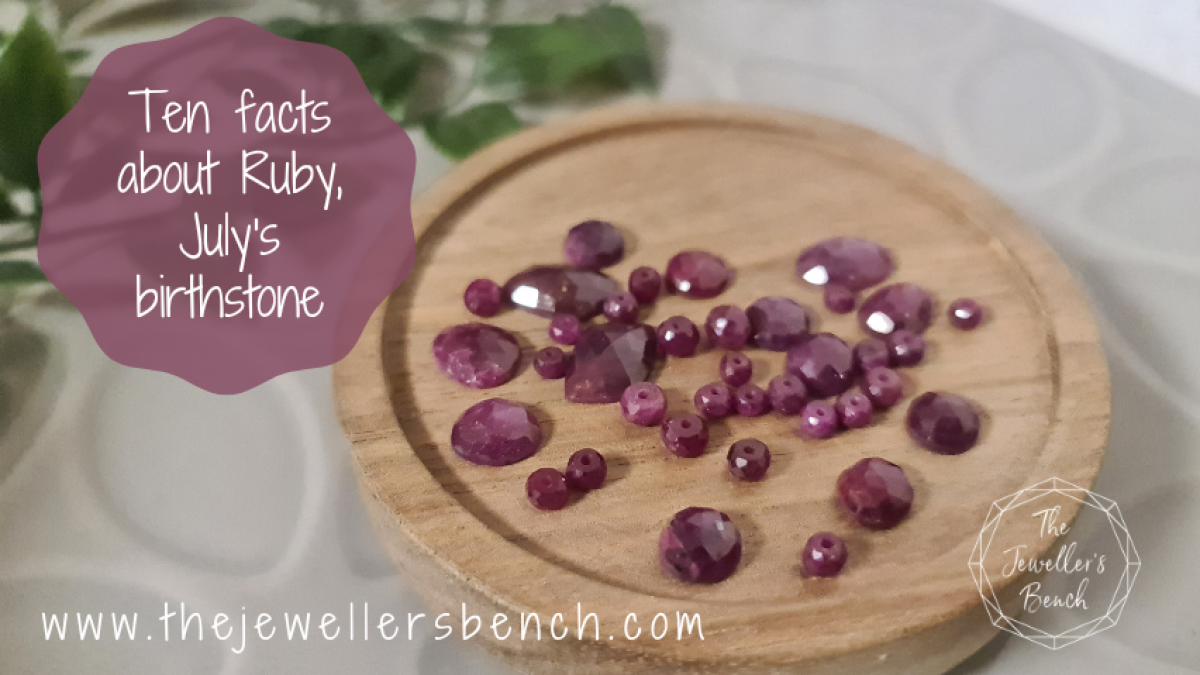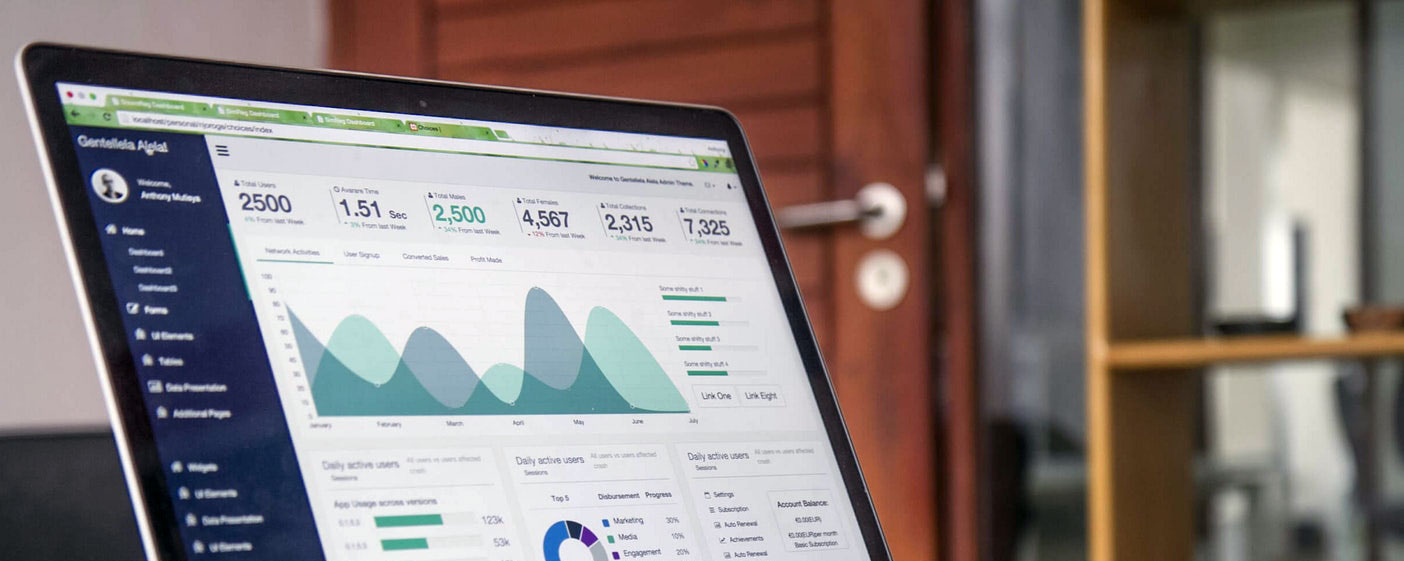Ten Facts about Ruby, July's birthstone

Did you know that Rubies are rarer than Diamonds? Find out more here!
As well as being the birthstone for July, rubies are also a traditional gift for those celebrating 15th or 40th anniversaries
Read on to discover more about this beautiful stone...

1. Rubies are made of corundum, with trace amounts of chromium giving them their red colouring. Any other colour of corundum stones (blue, green, yellow and more) are sappphires! The word ruby comes from the Latin rubens which means red.
2. Pink corundum is sometimes referred to as pink sapphire and other times is referred to as pink ruby depending on the hue, the region of the world it was found in, and of course personal opinion!
3. As rubies are such a hard stone (9 on the Mohs scale, just behind diamonds) they can be cut into almost any shape, making them ideal for cabochons, rose cuts, faceted stones of many shapes and cuts and even beads.
4. Rubies are one of the rarest gemstones, actually rarer than diamonds, especially ones larger than one carat in weight. The rarest and most valued rubies come from Myanmar (Burma), valued because of their high quality and exceptional colour.

5. The most precious rubies are those with a full, rich red color with
just a hint of blue tones. However, almost all natural rubies are treated to improve their color and strengthen them. This is standard practice in the jewellery industry.
6. Almost all rubies have flaws. Rubies without imperfections are exceptionally rare and command prices even higher than diamonds of a similar weight and quality.
7. Rubies have been found all over the world, including in Myanmar (formerly Burma), Africa, Australia and the USA.
8. Ancient Hindus believed that the red colour of ruby came from an internal flame that could not be put out, making the stone a symbol of everlasting love. Ancient Burmese warriors would insert a ruby beneath the skin so that no one could conquer them in battle.

9. In the Middle Ages, people believed that rubies contained the power of prophecy, and would darken in colour to warn it’s wearer of impending danger, then lighten again, once the peril had disappeared. Rubies are referenced four different times in the Bible. The Bible associates these gems with beauty and wisdom.
10. Until the beginning of the 19th century, red spinels were thought to be rubies. Famous stones including "Black Prince's Ruby" and "Timur Ruby" were considered to be rubies until it was discovered that they and many other red stones were, in fact, red spinels. The Black Prince's Ruby is placed at the front of the Imperial State Crown of the United Kingdom.
11. And a lastly bonus fact for you... The most expensive ruby ever sold was the "Hope Ruby" which weighs 32.08 carats and sold for $6.74 million.
Want to find out more about using gemstones in your jewellery?
Here are some useful blog posts and tutorials.
Categories: : birthstones, did you know, jewellery facts

Joanne Tinley
Tutor and Founder of The Jeweller's Bench
The Jeweller's Bench is run by Joanne Tinley. She has been making her own jewellery for as long as she can remember and left her first career as a school teacher to set up business as a jewellery designer and tutor nearly 20 years ago. She is
self-taught and like many people started with wire and beads. Learning how to solder, however, opened up a whole new world of jewellery making, one that she is keen to share!
 Joanne Tinley
Joanne Tinley 



